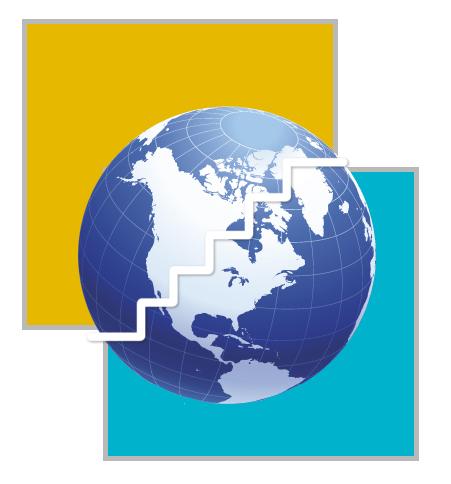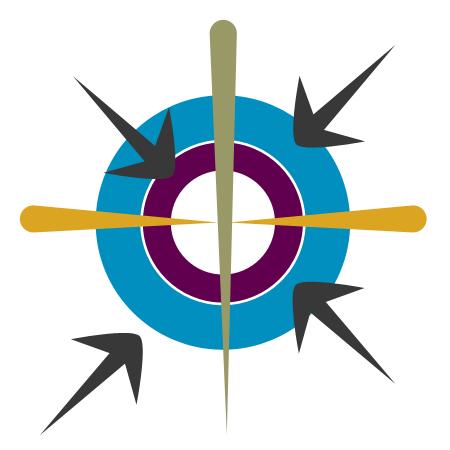MEDIA
SRINAGAR: Millions of people in the subcontinent, who have tasted fruits of a peace process, are keeping their fingers crossed as foreign ministers of India and Pakistan are meeting after a long time. A failure will mean sustaining the same old 'conflict economy' that has been draining resources of the two countries for the last 57 years.
But how much has this relationship cost the two countries? And more significantly, how much will it cost in the coming years if the two counties choose to agree on disagreement? What could be the human and material costs? Mumbai based Strategic Foresight Group, a think-tank of the International Centre for Peace Initiatives, has offered a sketch of this huge cost.
Unlike earlier exercises which evaluated the costs on basis of defence expenditures and trade, this study assesses the impact of the conflict on socio-political sectors and negative transformation of the institutions. Here are the main findings of the report 'costs of conflict between India and Pakistan'.
Siachen Glacier
The report says that India has been losing one soldier a day against Pakistan that loses one in every four days since the two countries sent up the snow warriors on the most inhospitable battlefield. Only three percent of the casualties are result of enemy firing. At four crore rupees a day being spent by India and one crore by Pakistan, the reports put the costs of maintaining Siachen in 2002-03 at Rs. 1460 crore by India and Rs. 370 crore by Pakistan.
Human Cost
In the last four wars -including the one that was localized to the Kargil peaks in 1999 summer-the reports says India lost 8,733 soldiers against 13,896 of Pakistan. Apart from combined death toll of 22,600 for India and Pakistan, there were approximately 50,000 wounded or maimed on both sides. "Though reliable data on disappearances and civilian casualties is not available, it would be safe to assume that at least 100,000 families suffered direct human costs on account of the four wars between India and Pakistan", the report says.
Costs of troops mobilization
Operation Prakaram (December 2001-October 2002), according to report cost India US $ 1.80 billion and Pakistan US $ 1.20 billion. A similar mobilization in future would see 50 percent increase in costs on both sides. The closure of air space, cost Indian Airlines US $ 1.80 million, Air India US $ 12 million and US $ 3.30 million to Pakistan International Airlines in one year. Besides, Airport Authority of India lost US $ 4.30 million a month and Civil Aviation Authority of Pakistan US $ 3 million. It says halt of Samjhuta Express led to the average loss of 1,50,273 passengers between January 2002 to December 2003.
Military expenditure
On basis of the current trends, the study has suggested India's per capita military expenditure will jump from Rs. 528 in 2003 to 622 in 2007. In Pakistan case it will jump from Rs. 1060 to Rs. 1161 in the same period. "Indian military expenditure shot up by 12 percent in the post-Kargil budget of 2000-01 followed by a five percent escalation in 2001-02. However, in 2002-03 the military budget was lowered only to be increased by 17 percent in 2003-04. In similar comparison, the defence expenditure of Pakistan came down drastically by 12.8 percent in 2000-01 because of changes in accounting methods, shifting military pensions worth Rs. 36 billion from defence to general expenditure. Defence expenditure however jumped by 27 percent during the period from 2001-04", the report says.
Bilateral trade
The report puts the trade potential in a stable environment between India and Pakistan at US $ five billion under SAFTA by 2007 compared to the US $ 200 -250 million. It puts contraband trade at US $ 1-2 billion that leads to revenue loses to the government by around 040 billion US $. The status quo would result in net loss of US $ 12 billion in 2003-07 on trade.
The report suggests that imports from India will help Pakistan to make saving by 50 percent in case of steel, 10 percent in finished engineering goods, 25 percent in transport equipment, 20 percent in bicycles and 30 percent in pharmaceuticals. Pakistan can export its surplus electricity to India. In fact, they had agreed to supply 300 MW for a decade in 1998 but the tariff dispute-India is offering Rs. 2.20 per KW and Pakistan is demanding Rs 7.20- dogged the deal. Pakistan could earn $500 million in transit rights, but India fears Islamabad could use the pipeline as a bargaining tool in case of conflict.
Cost of diplomacy
The report insists that the failure of the two countries in solving their issues bilaterally has given the international community, especially the US, "a free hand to interfere in their internal matters". It has offered the instances in ASEAN, UN Security Council, the Commonwealth, OIC, SCO and even their own SAARC where they move in slow motion. In the recent past the two have registered their presence jointly in WTO 2003 Summit as part of the G22 bloc.





